How to Fertilize Beans: Our Method – Sembrar100

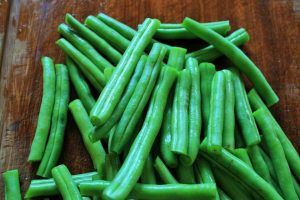 Growing beans is an action that will be very beneficial, both for organizing your garden and for personal consumption.
Growing beans is an action that will be very beneficial, both for organizing your garden and for personal consumption.
These plants offer pods with a variety of colors as fruits, the green bean being the best known.
In any case, the care you can have with them will be what will define if you will obtain a true quality harvest.
And, of course, the fertilizer for beans is part of that process. So he pays close attention because here we will tell you everything you need to know, do we see it?
Why is it important to pay the beans?
The main objective to promote the correct application of the fertilizer for beans is to obtain an approved harvest in quantity and quality. You can achieve this by providing the correct levels of nutrients in each phase of the crop, recognizing the needs of the one you have at home.
Another reason that leads to this activity being part of the essential care for the bean harvest is related to the health of the plant. It is well known that the correct nutritional levels in any species will be directly proportional to the response of the plant to the attack of pests or diseases.
How often should we pay the beans?
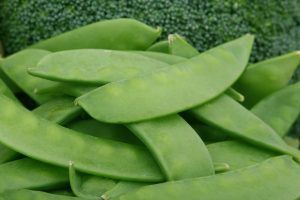 The ideal is to promote the application of fertilizers from the beginning of spring, occupying the space that is needed during the summer.
The ideal is to promote the application of fertilizers from the beginning of spring, occupying the space that is needed during the summer.
This fertilization plan will be based on a first phase of application of a greater amount of nitrogen for regreening.
Later, when the flowering process begins and until the development of the fruits, the emphasis will be on potassium and phosphorus. The ideal is to pay fortnightly or monthly depending on the type of fertilizer you choose for your crop.
What nutrients do beans need?
Beans need a variety of nutrients to give the best results throughout the growing process.Nitrogen (N) will be in charge of helping the plant to grow vigorously and form an appropriate structure.
Phosphorus (P) will help strengthen all parts, from the roots to the pods themselves. Potassium (K) is key for the internal processes of the plant, but above all for the development of the protein that is characteristic of beans.
In addition, it is the element that helps the plant to have greater resistance to withstand the climate changes that occur during the year. Sulfur (S) is an essential element in bean cultivation because it functions as a nutrient transport system inside the plant.
In this way, it is able to take better advantage of potassium, nitrogen and phosphorus. Although these are the elements that are established as basic, it will always be necessary to ensure balanced contributions of all the remaining micronutrients.
And, as is logical, the sowing conditions, the type of substrate, the type of bean to work with, etc. must be taken into account. all this influences the subscriber program.
What kind of fertilizers do beans need?
Organic fertilizers will be the most convenient option to deal with beans because it is essential to avoid contamination that harms the fruits.
At the beginning of the season you can take advantage of some homemade fertilizer, such as earthworm humus, manure or compost.
However, by the time the flowering process begins, it is best to opt for NPK-type organic fertilizers.
In this way, you will have greater possibilities of regulating the levels of nitrogen that you contribute to the plants so that they dedicate themselves to flowering and fruiting. Remember that the homemade fertilizers that we have mentioned tend to be very rich in nitrogen, so you will already have the demand covered in the first months.
How do we prepare compost for the beans?
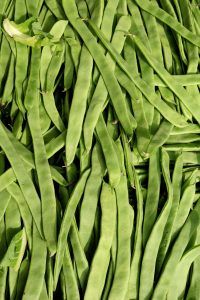 The incorporation of the homemade early spring fertilizer will be done by adding a little of the one you choose in the environment of the plant, not on top of the roots.
The incorporation of the homemade early spring fertilizer will be done by adding a little of the one you choose in the environment of the plant, not on top of the roots.
Keep in mind that beans are plants with shallow roots, so the incorporation of fertilizers must prevent the risk of burns.
If you are going to work with fertilizers such as manure, you have to ensure that they are well fermented so that you reduce the chances of damage by microorganisms.
In the case of NPK fertilizers, everything will depend on the type you choose.If they are water-soluble, you will have to administer them as if it were a normal irrigation.
In the case of granules or powder, you will apply them directly on the base of the plant, according to the measurements and instructions indicated on the packaging.
How do we detect if the beans need fertilizer?
Nutrient deficiencies in beans cause a series of symptoms that will be easily visible in some cases, while in others you will have to pay more attention. Here we have:
- Nitrogen deficiency: the leaves begin to vary in color, the oldest ones appearing necrotic and the newest ones yellowish. Sometimes newly emerging leaves can be a lighter green color than normal.
- Phosphorus failure: it is a deficit that causes plant parts to develop stunted structures, negatively impacting flower production.
- Low potassium: it is evidenced in the leaves that turn yellow and necrotic at the edges of the leaves.
- Boron deficiency: Boron failure can become really worrying because it causes the flower buds to fall unopened and the pods that do form have hardly any content inside.
Composting beans will be the easiest route you can take to ensure a harvest with excellent characteristics. The main task you will have in this matter is to design a work route that responds to the needs of the crop and put it into practice.
Over time, you will notice how the plant will give you a positive response according to your fertilization actions with flowers and fruits as you wanted to see them. In the end, the main objective you are looking for when having a bean plant in your home garden is that it be beautiful and very productive, right?
Bibliographic references
- Agronomic response of Zea mays L. and Phaseolus vulgaris L. to compost fertilization, NE Escobar, JM Delgado, NR Jola – Luna Azul Magazine, 2013 – redalyc.org
- Effect of organic fertilizers on the productivity of staple foods in family farming: corn (Zea mays L.) and beans (Phaseolus vulgaris L.), C Jaramillo, N Escobar, NJ Romero – Colombian Agronomy, 2016 – researchgate.net
- Effect of spent mushroom substrate fertilizer on bean yield Phaseolus vulgaris L, HA García Mendívil, PJ Balderrama Corona… – Terra…, 2014 – scielo.org.mx
- Effect of the application of green manures on the growth and yield of Phaseolus vulgaris, DD Jamioy – Costa Rican Agronomy, 2018 – scielo.sa.cr
- Effect of organic fertilizers on the cultivation of Phaseolus vulgaris L. var. Canary in an acid soil-Satipo, DA Astulla Puca – 2019 – repository.uncp.edu.pe
Maybe you are also interested in:

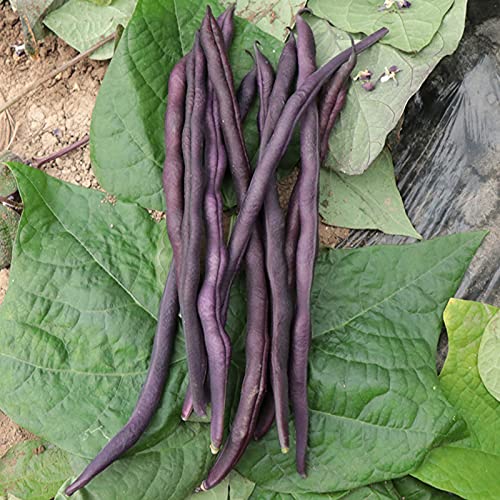
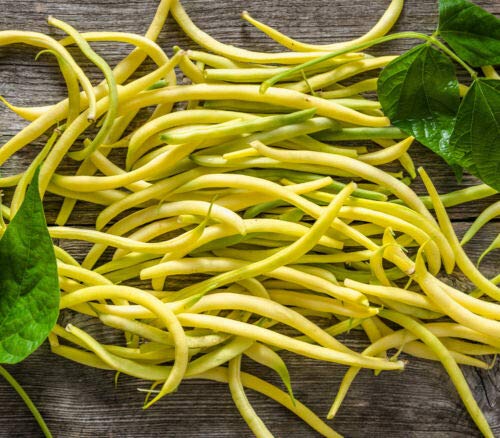
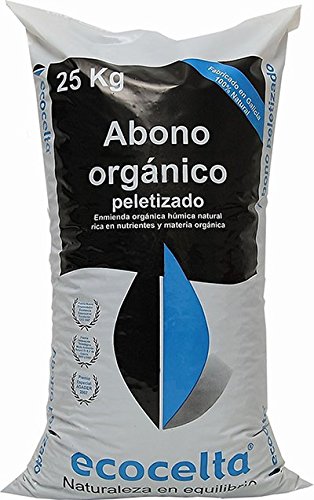
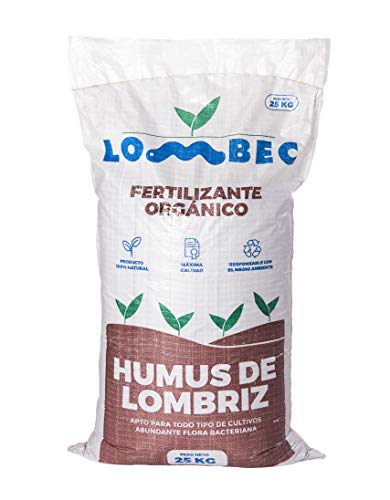
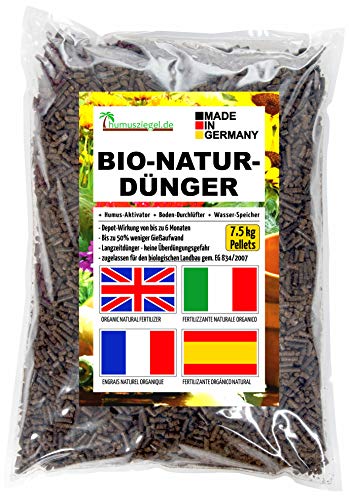
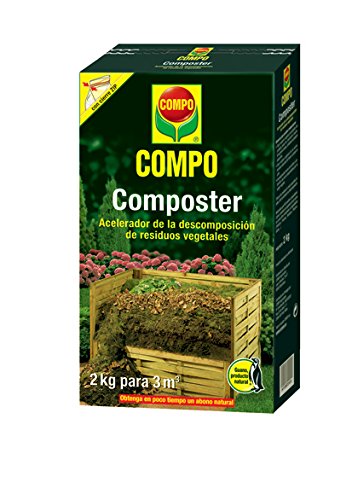
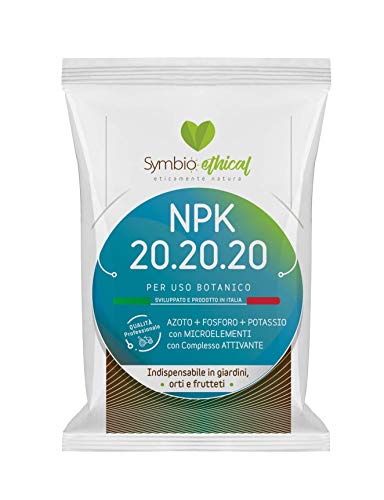
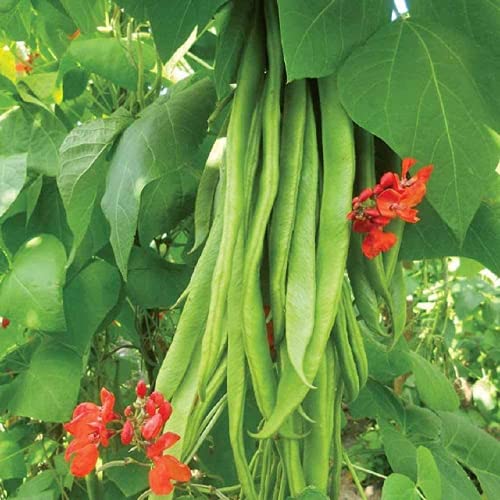
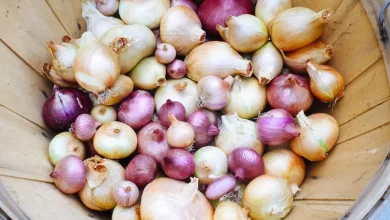
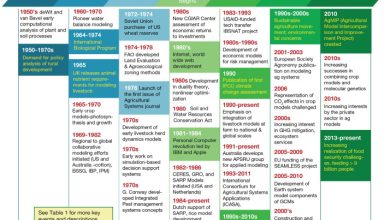

![Photo of Ornamental Plants: [Planting, Types, Irrigation and Care]](https://www.complete-gardening.com/wp-content/uploads/2022/08/ornamental-plants-planting-types-irrigation-and-care-390x220.jpg)